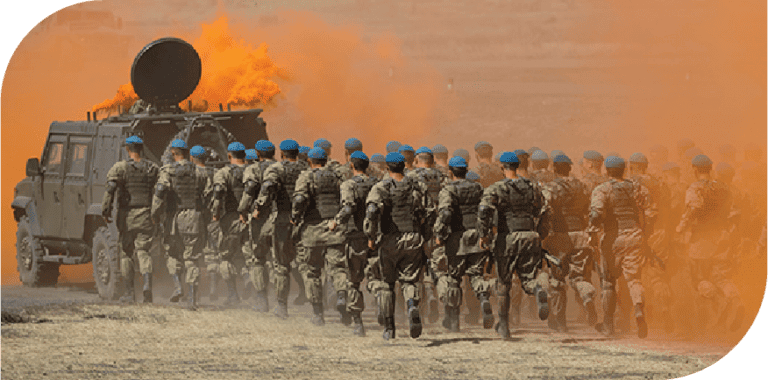
Border Security in Texas: Comprehensive Situation Report
Seerist explores threat events and stability over the last 60 days in counties along the Texas Southwest Border.
Alerts from Seerist about a decline in stability in Kazakhstan preceded the outbreak of protests, giving security teams time to prepare. As the situation deteriorated, Verified Events and Risk Ratings kept the team up to date on security and civil unrest risks.
Seerist’s PulseAI score for Kazakhstan started dropping 48 hours before protests began in the western city of Zhanaozen.


When the protests started, the score had dropped 14 points. Using machine learning to continually update risk assessments, PulseAI measured a decline in stability that signaled these protests – against the government’s decision to end fuel price caps – were the most significant in years.
This notification of dropping stability from PulseAI corresponded with a human-derived alert verifying the size, scale and impact of the protests in Zhanaozen.
On 4 January, the government pledged to bring back fuel price caps, but PulseAI alerted users to continued unrest, dropping another 8 points from its average range in the region. Four Hotspots – machine learning-driven indicators of abnormal activity – were triggered in central and southwest Kazakhstan and near Almaty, allowing Seerist users to track the spread of unrest.


The Security and Civil Unrest Risk Ratings for the whole of Kazakhstan were increased from ‘Low’ to ‘Medium’.
On January 6, as Russian-led forces deployed to Kazakhstan to try and control the situation, PulseAI recovered one point and forecast a short-term rise in stability.

*Analysis provided by strategic partnership with Control Risks

Seerist explores threat events and stability over the last 60 days in counties along the Texas Southwest Border.

Seerist takes a deep-dive on the South China Sea conflict centered on overlapping territorial and maritime claims between China, Vietnam, Malaysia, Brunei, the Philippines and Taiwan over maritime features (shoals, reefs, rocks, and islands) in the resource rich SCS.

Seerist monitors the APAC region’s energy developments, supply chain disruptions, and market resilience providing timely analyses and forecasts.
Our website uses cookies. By agreeing, you accept the use of cookies in accordance with our cookie policy. Continued use of our website automatically accepts our terms.